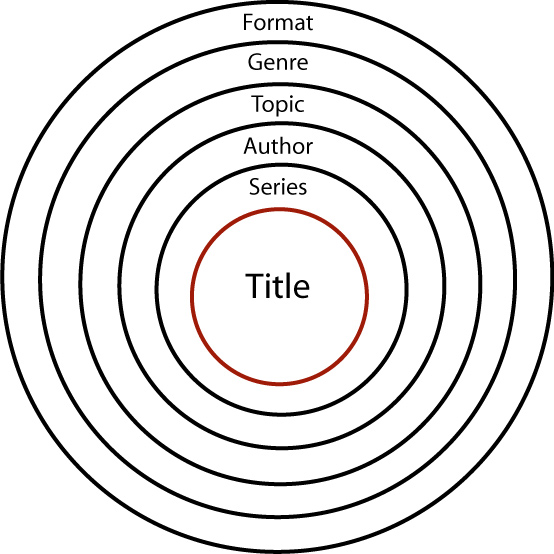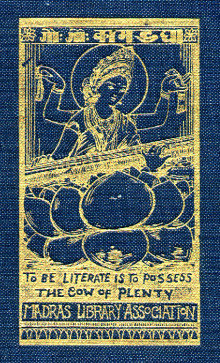Here are the handouts and slides from my October 29 workshop at the Waterloo Public Library: Designing Collection Experiences: Selection. We discussed a cost-effective, strategic approach to selection, apportioning funds and selector time into distinct evaluation of grouped alternatives rather than organizing activities around serial decisions about single titles.
On Tuesday, November 12, we will take up the topic of allocating the collections budget among different audiences and community needs. We will consider an allocation method that provides a measurable means of dealing with competing issues of demand, coverage, community needs, and underlying library policy.
Some of the points we brought up in the session on Selection:
- Traditional selection practices are unduly labor-intensive.
- Narrative is the most salient rhetorical mode in public library materials, and understanding its rhetorical and personal functions gives perspective to many selection decisions.
- The demand for a library text probably has a half-life of between 12 to 18 months, counted from the release date.
- A critical goal of a selection system is to make texts available as early as possible in their half-life, through pre-order, pre-duplication, and expedited internal routines.
- A decision to buy a particular title is analogous to placing a bet (with the public’s money) on the use and quality of the title.
- The “Selection Target” illustrates how our ability to predict the use of a title decays across title characteristics, in an ordered progression from having the title in hand to having only the format as a known characteristic. We can make some distinction between the relative popularity of formats, but not with the precision that we can make distinctions among titles, series, or authors that we have on hand.
- We can place the surest bets on titles for which we already have a track record – those already in the collection.
- Divide selector time and materials funding into three activities: renewal, streaming, and concentration.
- Renewal: replace and duplicate titles already in the collection which have a known return on investment.
- Streaming: acquire mainstream titles with a minimum of fuss, preferably through approval or other algorithmic plans.
- Concentration: reserve primary selector input for more difficult decisions about the detailed direction and focus of the collection.
Selection Workform | A workform for a selector to use in organizing the data and activities pertinent to selecting in a specific rhizome.
Narrative Transformation Matrix | A 2×2 matrix for use in exploring the relationship between the elements of Exposition / Narrative and Theory / Praxis in a title or rhizome.






Add your comments